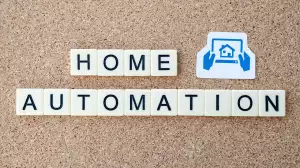Unlocking Tomorrow: Your Guide to Effortless Living with Home Domotica
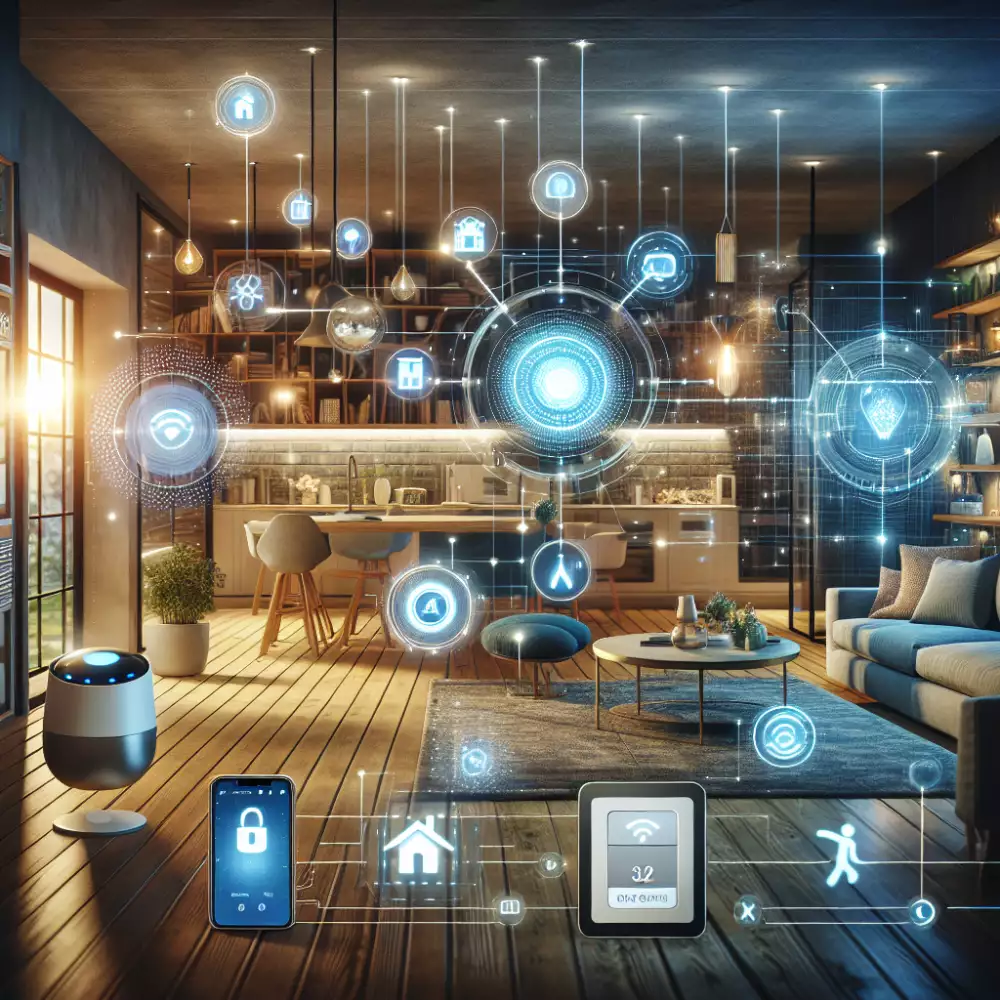
- Wired Systems
- Wireless Systems
- Protocols (WiFi, Bluetooth, Zigbee)
- Central Hubs
- Smart Assistants
- Smart Lighting
- Smart Thermostats
- Smart Security Systems
- Smart Appliances
- Energy Management Features
- Voice Control Functionality
- Remote Access and Control
- Data Security and Privacy
- Integration and Compatibility
- Future Trends and Innovations
Wired Systems
Wired systems, often considered the backbone of traditional home automation, rely on physical wires embedded within the walls and ceilings of your home to transmit signals and power. These systems, typically installed during construction or major renovations, offer a robust and reliable way to connect various smart devices. Think of it like the nervous system of your smart home, with wires acting as the nerves carrying information and instructions between devices and a central control hub.
While offering a highly stable connection less susceptible to interference, wired systems require careful planning and professional installation. Retrofitting an existing home can be disruptive and expensive. However, the reliability and security offered by wired systems make them a popular choice for critical home automation functions like security systems, lighting control, and climate regulation.
Wireless Systems
Wireless systems have emerged as the backbone of modern home automation, offering flexibility and ease of installation. These systems eliminate the need for extensive wiring, making them ideal for both new constructions and existing homes. Popular wireless protocols, such as Wi-Fi, Zigbee, Z-Wave, and Bluetooth, facilitate seamless communication between various smart devices. Wi-Fi, known for its high bandwidth, is suitable for streaming media and connecting devices that require fast data transfer. Zigbee and Z-Wave, on the other hand, excel in low-power applications, making them suitable for sensors, smart plugs, and other battery-operated devices. Bluetooth, with its short-range capabilities, finds applications in connecting smartphones to smart locks, speakers, and other personal devices. The choice of wireless protocol depends on factors like data requirements, range, and power consumption. A well-designed home automation system often employs a combination of these protocols to leverage their respective strengths.
Protocols (WiFi, Bluetooth, Zigbee)
Home automation systems rely on robust and reliable communication protocols to ensure seamless connectivity and control over various smart devices. WiFi, Bluetooth, and Zigbee are among the most popular protocols used in home automation, each with its strengths and weaknesses.
WiFi is widely available and offers high bandwidth, making it suitable for streaming media and other data-intensive tasks. Smart home devices like security cameras, smart speakers, and streaming devices often use WiFi to connect to the home network and the internet. However, WiFi can be power-hungry, which can be a drawback for battery-powered devices.
Bluetooth, known for its low energy consumption, is ideal for devices that require infrequent data transmission, such as sensors, smart locks, and wearable devices. Bluetooth's limited range makes it more suitable for controlling devices within a single room or a small area.
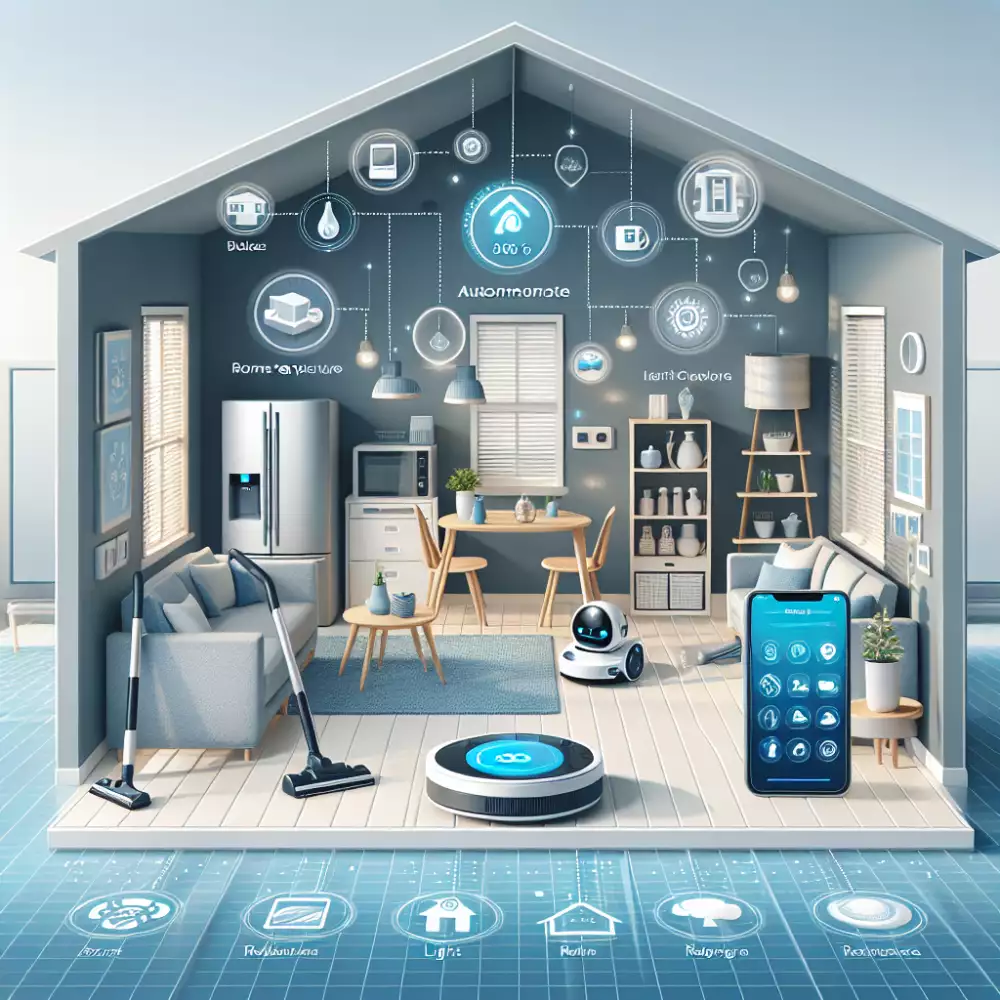
Zigbee is a low-power, low-data-rate protocol specifically designed for home automation. It operates on a mesh network topology, where devices can relay signals to each other, extending the network's range and reliability. This mesh network capability makes Zigbee well-suited for large homes with many devices. Zigbee is commonly used for smart lighting, thermostats, and other devices that require constant communication but transmit small amounts of data.
The choice of protocol depends on the specific requirements of the device and the overall home automation system. Many modern smart home hubs support multiple protocols, allowing homeowners to mix and match devices from different manufacturers and leverage the strengths of each protocol.
Central Hubs
The beating heart of any smart home setup is the central hub. Think of it as the conductor of an orchestra, making sure all the different instruments play in harmony. In the world of home automation, this means ensuring your smart lights, thermostats, security cameras, and even appliances can communicate and work together seamlessly.
Central hubs come in various forms. Some resemble small computers, while others are discreet devices that blend into your home decor. Many connect directly to your home's Wi-Fi router, acting as a central communication point for all your smart devices. This allows you to control everything from a single app on your smartphone or tablet, no matter where you are.
The beauty of a central hub lies in its ability to automate tasks and create personalized experiences. Imagine waking up to the smell of freshly brewed coffee, the blinds slowly opening to greet the morning sun, and your favorite playlist softly filling the air – all orchestrated by your central hub.
But the benefits extend beyond convenience. Central hubs can learn your habits and preferences, optimizing energy consumption by adjusting lighting and temperature settings automatically. They can also enhance home security by providing real-time notifications and allowing you to monitor your property remotely.
Smart Assistants
Smart assistants have quickly become central figures in the world of home automation. Devices like Amazon Echo with Alexa, Google Home, and Apple HomePod do more than just play music or check the weather. They act as the control hub for your entire smart home ecosystem. Imagine controlling your lights, thermostat, security cameras, and even your coffee maker with just your voice. That's the power of smart assistants in a home automation system. You can create schedules and routines, like automatically brewing coffee in the morning or dimming the lights in the evening. Smart assistants can also learn your preferences over time, providing a truly personalized home automation experience. However, the real magic happens when you integrate these assistants with other smart home devices. For example, you can tell Alexa to "arm the security system" as you leave or ask Google Assistant to "show me the front door camera" while you're away. This level of integration and control makes your home not just smart, but truly intelligent.
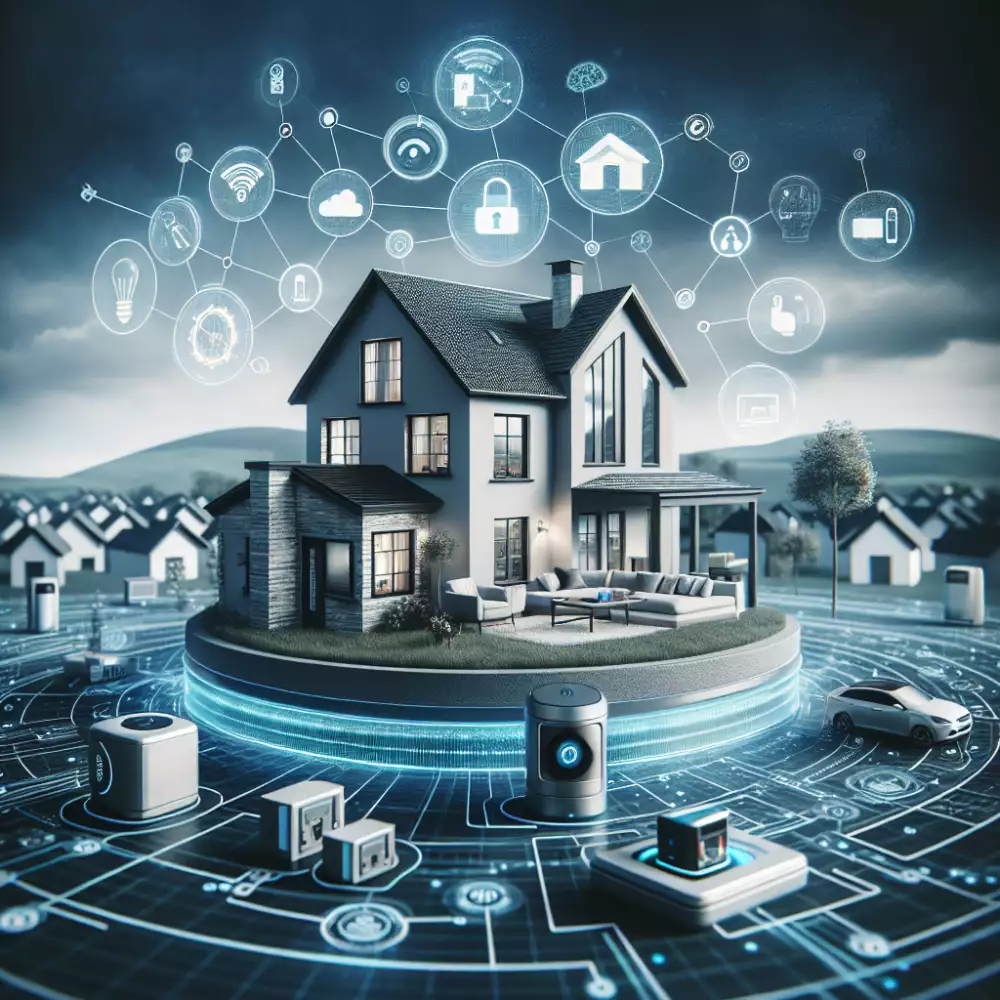
Smart Lighting
Smart lighting is a game-changer in home automation, offering a blend of convenience, energy efficiency, and ambiance customization. Imagine controlling your lights with a simple voice command or having them automatically adjust based on the time of day or your presence. That's the power of smart lighting integrated with your home automation system.
With smart bulbs, switches, and dimmers, you can set schedules for your lights, creating the perfect ambiance for waking up, working from home, or enjoying a movie night. Presence sensors can be integrated to automatically turn lights on or off as you enter or leave a room, conserving energy and adding an extra layer of security.
Beyond basic control, smart lighting systems can integrate with other smart home devices. Imagine your lights dimming automatically when you turn on your smart TV or flashing gently to notify you of a doorbell ring. The possibilities for customization and automation are vast, allowing you to create a truly personalized and responsive living environment.
When choosing a smart lighting system, consider compatibility with your existing home automation hub or voice assistants like Amazon Alexa or Google Assistant. Look for features like energy monitoring, customizable colors, and scheduling options to maximize the benefits of a truly smart lighting experience.
Smart lighting is a game-changer in home automation, offering a blend of convenience, energy efficiency, and ambiance customization. Imagine controlling your lights with a simple voice command or having them automatically adjust based on the time of day or your presence. That's the power of smart lighting integrated with your home automation system.
With smart bulbs, switches, and dimmers, you can set schedules for your lights, creating the perfect ambiance for waking up, working from home, or enjoying a movie night. Presence sensors can be integrated to automatically turn lights on or off as you enter or leave a room, conserving energy and adding an extra layer of security.
Beyond basic control, smart lighting systems can integrate with other smart home devices. Imagine your lights dimming automatically when you turn on your smart TV or flashing gently to notify you of a doorbell ring. The possibilities for customization and automation are vast, allowing you to create a truly personalized and responsive living environment.
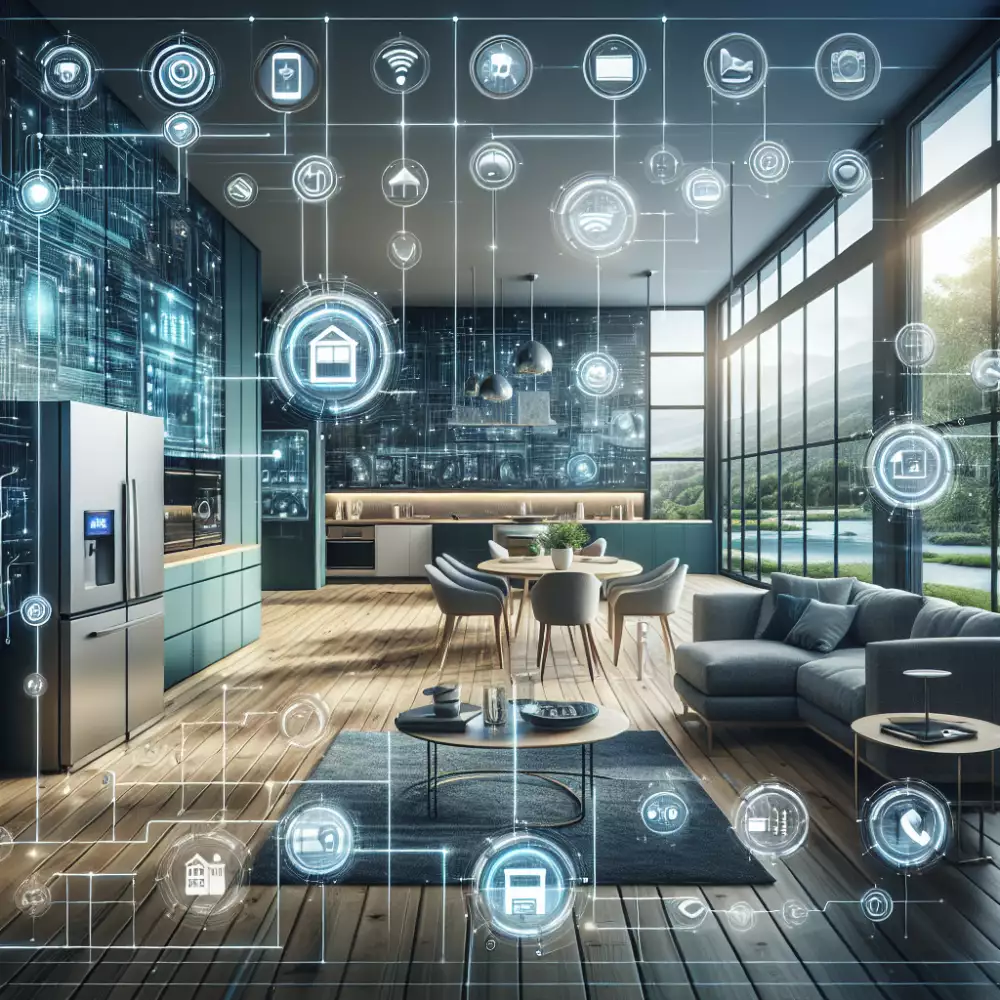
When choosing a smart lighting system, consider compatibility with your existing home automation hub or voice assistants like Amazon Alexa or Google Assistant. Look for features like energy monitoring, customizable colors, and scheduling options to maximize the benefits of a truly smart lighting experience.
Smart Thermostats
Smart thermostats are essential for home automation systems, offering both comfort and energy efficiency. Unlike traditional thermostats, smart thermostats go beyond simply setting a desired temperature. They learn your preferences and adjust the temperature automatically, ensuring a comfortable environment while minimizing energy waste. With smart features like occupancy detection, these devices can tell when you're home or away and adjust the temperature accordingly. Imagine coming home to a perfectly heated or cooled house without ever touching the thermostat.
Integration with other smart home devices is another key advantage. Smart thermostats can seamlessly connect with your existing home automation system, allowing for centralized control and automation. For example, you can program your thermostat to lower the temperature and turn off the lights when you leave the house, all with a single command or through pre-set schedules.
Moreover, smart thermostats provide valuable insights into your energy consumption patterns. Through user-friendly interfaces, you can track your energy usage, identify areas for improvement, and make informed decisions to optimize your energy savings. Some models even offer personalized recommendations and energy reports, empowering you to take control of your home's energy efficiency.
Smart Security Systems
Smart security systems are no longer a futuristic fantasy, they're a present-day reality for any smart home enthusiast. Integrating seamlessly with your existing home automation setup, these systems offer a level of protection and peace of mind that traditional methods just can't match. Imagine this: you're on vacation, miles away from home, and your phone buzzes with a notification. It's your smart security system, letting you know that motion has been detected in your living room. You open the app and instantly see a live feed from your security camera, confirming that it's just your neighbor returning a borrowed tool. No need to panic, no frantic calls to friends to check on your house - just instant information and control, right at your fingertips.
But smart security is about more than just cameras. Think smart locks that you can control remotely, granting access to guests or service providers even when you're not home. Picture door and window sensors that send you instant alerts if anything is opened unexpectedly. Envision a system that can even distinguish between the sound of a window breaking and a playful pet, minimizing false alarms and ensuring you're only alerted when it truly matters.
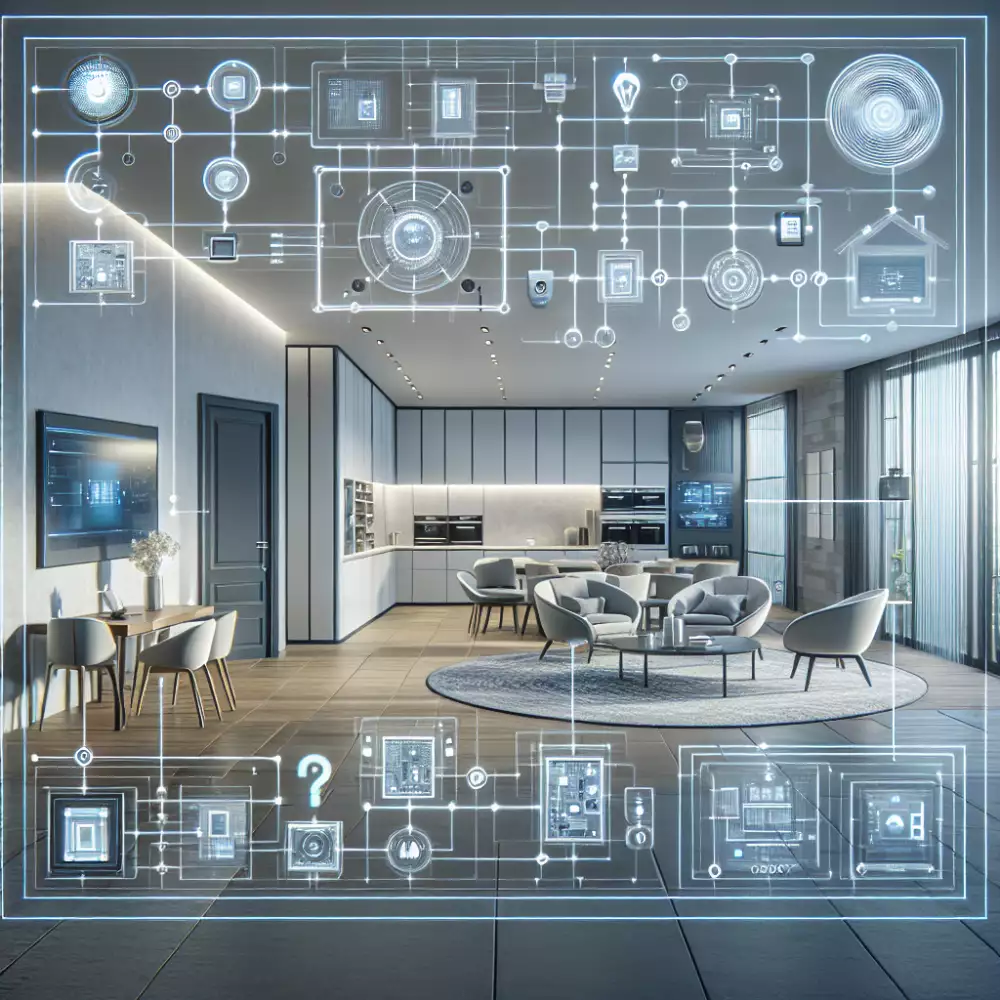
The beauty of a smart security system lies in its adaptability. You can customize it to fit your specific needs and concerns, whether that's maximizing protection against intruders, keeping an eye on elderly family members, or simply deterring package theft. And as technology continues to evolve, so too will your smart security system, constantly learning and adapting to provide you with the most comprehensive protection possible.
Smart Appliances
Smart appliances are revolutionizing the way we interact with our homes. Integrated into a home automation system, these appliances offer convenience, energy efficiency, and enhanced safety. Imagine controlling your oven temperature, preheating your washing machine, or brewing a fresh cup of coffee all from your smartphone. With smart appliances, this level of control becomes a reality. Smart refrigerators can create shopping lists based on their contents, while smart ovens can suggest cooking times based on the chosen recipe. By automating tasks and providing real-time information, smart appliances simplify daily routines and free up valuable time. They also contribute to a more sustainable lifestyle. Smart thermostats learn your preferences and adjust the temperature accordingly, reducing energy consumption without compromising comfort. Similarly, smart lighting systems can automatically turn lights on or off based on occupancy or time of day, further optimizing energy usage.
Energy Management Features
Home automation systems offer a wide range of features, and energy management is a significant one. Imagine controlling your home's lighting, temperature, and appliances to optimize energy consumption and reduce your carbon footprint. Smart thermostats are a prime example, learning your preferences and automatically adjusting the temperature based on your schedule and presence. This way, you're not needlessly heating or cooling an empty house. Smart lighting systems take a similar approach, using motion sensors to ensure lights are only on when needed. You can even program them to dim or brighten based on the time of day, creating the perfect ambiance while saving energy.
Furthermore, many home automation systems integrate with smart plugs and power strips, allowing you to control individual appliances or groups of devices remotely. Imagine turning off all your entertainment systems with a single voice command or setting schedules for energy-hungry appliances to run during off-peak hours. By having granular control over your energy usage, you not only save money on your utility bills but also contribute to a greener planet.
"Home domotica: It's not just about convenience, it's about orchestrating an environment where technology anticipates your needs and melts seamlessly into the background of your life."
Finnian Blackwood
Voice Control Functionality
Voice control functionality is transforming how we interact with our homes. With voice control, you can manage your home automation system using simple, spoken commands. Imagine turning on lights, adjusting the thermostat, or even brewing a cup of coffee, all without lifting a finger. This technology relies on voice recognition software and artificial intelligence to understand and respond to your requests. Smart speakers or voice assistants, like Amazon Alexa or Google Assistant, act as the central hub, connecting to your various smart home devices.
By integrating these voice assistants into your home automation system, you gain a new level of convenience and control. You can create personalized scenes or routines, such as a "good morning" scene that automatically raises the blinds, turns on the lights, and starts playing your favorite news podcast. Voice control is particularly beneficial for individuals with mobility limitations, making it easier for them to manage their home environment independently. As technology advances, we can expect even more sophisticated voice control features, further enhancing the comfort, convenience, and accessibility of our homes.
Remote Access and Control
Remote access and control are at the heart of what makes a home automation system so appealing. Imagine adjusting your thermostat, turning on lights, or even checking your security cameras all from your smartphone or tablet, whether you're at work or on vacation. This level of control provides convenience, peace of mind, and even energy savings.
Modern home automation systems typically use your home's Wi-Fi network to communicate with your devices and a dedicated app serves as the control center. This app allows you to manage individual devices, create schedules and automation routines, and receive notifications about your home's status. For example, you could set your lights to turn on automatically at sunset, have your smart blinds close during the hottest part of the day, or receive an alert if your security system detects any unusual activity.
While remote access offers numerous benefits, it's important to consider the security implications. Ensure your home automation system has strong password protection and two-factor authentication to prevent unauthorized access. Regularly update the system's firmware to benefit from the latest security patches. By taking these precautions, you can enjoy the convenience and peace of mind that comes with a well-protected smart home.
Data Security and Privacy
Home automation systems, while offering convenience and efficiency, often handle sensitive personal data, raising significant privacy and security concerns. These systems collect data about your daily routines, including when you're home, your energy usage patterns, and even your sleeping habits. If this data falls into the wrong hands, it could be used for malicious purposes, such as burglary or identity theft.
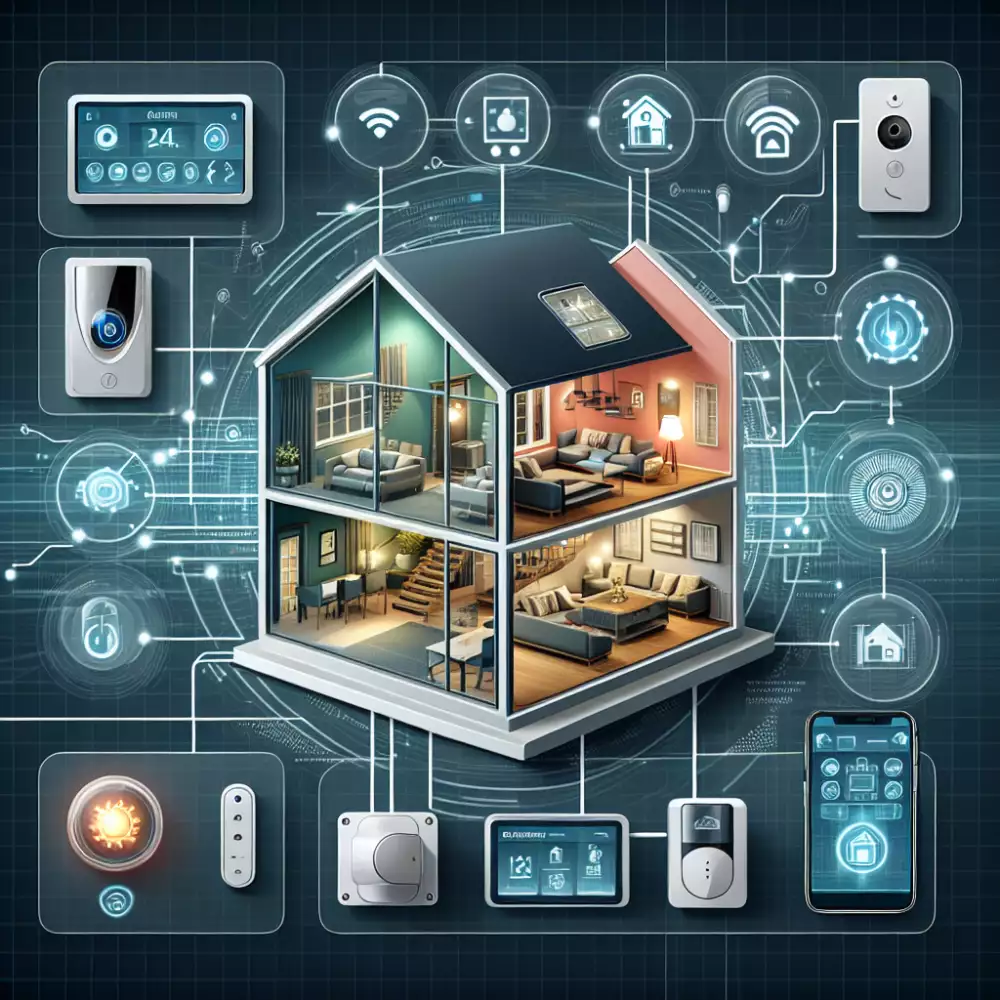
One primary concern is the security of the devices themselves. Many smart home devices lack robust security features, making them vulnerable to hacking. Once a device is compromised, hackers can potentially gain access to your entire home network, including computers, smartphones, and personal data stored on these devices.
Another concern is the way data is collected, stored, and shared by home automation companies. Some companies may collect more data than necessary or share it with third parties for marketing or other purposes, often without the user's explicit consent. It's crucial to carefully review the privacy policies of home automation providers and understand how they handle your data.
To mitigate these risks, it's essential to choose reputable home automation providers with strong security practices. Look for devices with features like two-factor authentication, data encryption, and regular security updates. Additionally, secure your home network with a strong password and consider using a firewall. Regularly update the firmware of your smart devices and be cautious about granting access to your home network or personal information. By taking these precautions, you can enjoy the benefits of home automation while minimizing the risks to your privacy and security.
Integration and Compatibility
Integration and compatibility are crucial factors to consider when creating a smart home. A truly effective home automation system should seamlessly connect various devices and platforms. Imagine controlling your smart lights, thermostat, and security system from a single app, regardless of the brand. This level of interoperability is essential for a smooth and user-friendly experience. However, the world of home automation can be fragmented, with different manufacturers using their own protocols and standards. This lack of standardization can lead to compatibility issues, making it difficult to connect devices from different brands.
| Feature | Traditional Home | Home with Domotica |
|---|---|---|
| Lighting Control | Manual switches | Smartphone app, voice control, scheduled automation |
| Temperature Regulation | Manual thermostat adjustment | Smart thermostat with learning capabilities, remote control |
| Security System | Traditional alarm system, physical key entry | Integrated system with smart locks, motion sensors, remote monitoring |
| Appliance Control | Manual operation | Scheduled operation, remote control through smartphone or voice assistants |
Look for systems that support widely adopted protocols like Z-Wave, Zigbee, or Matter. These protocols enable communication between devices from different manufacturers, expanding your options and ensuring future compatibility. Cloud-based platforms also play a significant role in integration. Platforms like Amazon Alexa, Google Assistant, and Apple HomeKit act as central hubs, allowing you to control compatible devices from multiple brands using voice commands or a single app. When selecting devices and systems, check for compatibility with your preferred platform.
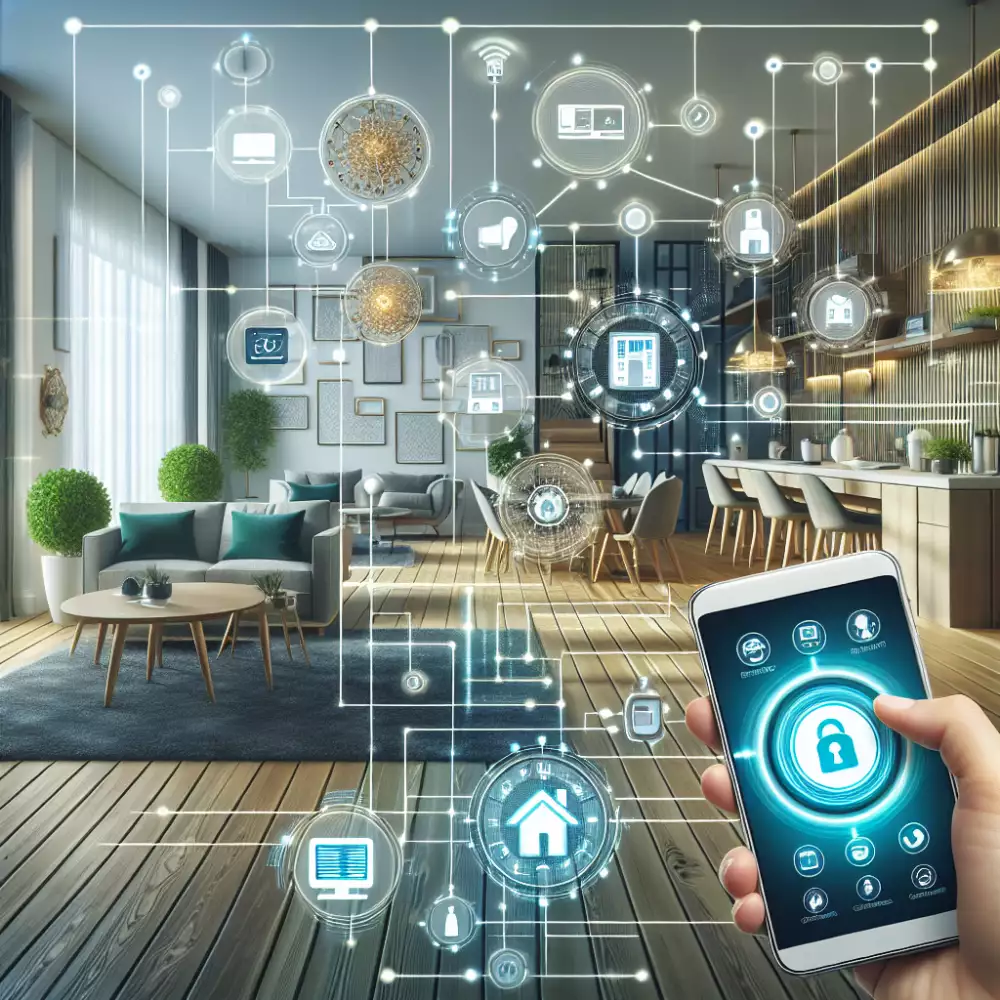
Remember that integration goes beyond just connecting devices. It's also about creating automations and scenes that enhance your daily life. For example, you can set up a "good morning" scene that automatically turns on the lights, adjusts the thermostat, and starts your coffee maker. A well-integrated home automation system should allow you to create personalized automations that fit your lifestyle.
Future Trends and Innovations
The future of home automation is bursting with possibilities. Imagine a world where your home anticipates your needs and seamlessly adapts to your preferences. Artificial intelligence (AI) will be a game-changer, enabling truly intelligent homes that learn your routines and automate tasks with minimal input. Voice control will become even more sophisticated, allowing you to effortlessly manage every aspect of your home using natural language.
We can expect to see increased integration between home automation systems and other technologies. Smart appliances will communicate with energy grids to optimize energy consumption, while home security systems will leverage facial recognition and predictive analytics to enhance safety. Sustainability will be a key focus, with smart homes playing a crucial role in reducing our environmental impact. Expect to see innovations in energy-efficient appliances, water management systems, and automated lighting controls.
The line between the physical and digital worlds will continue to blur, with augmented reality (AR) and virtual reality (VR) transforming how we interact with our homes. Imagine using AR to visualize different furniture arrangements or VR to experience a virtual tour of your dream home before it's even built. The future of home automation is not just about convenience; it's about creating personalized and sustainable living spaces that enhance our well-being.
Publikováno: 16. 08. 2024
Kategorie: Technology



